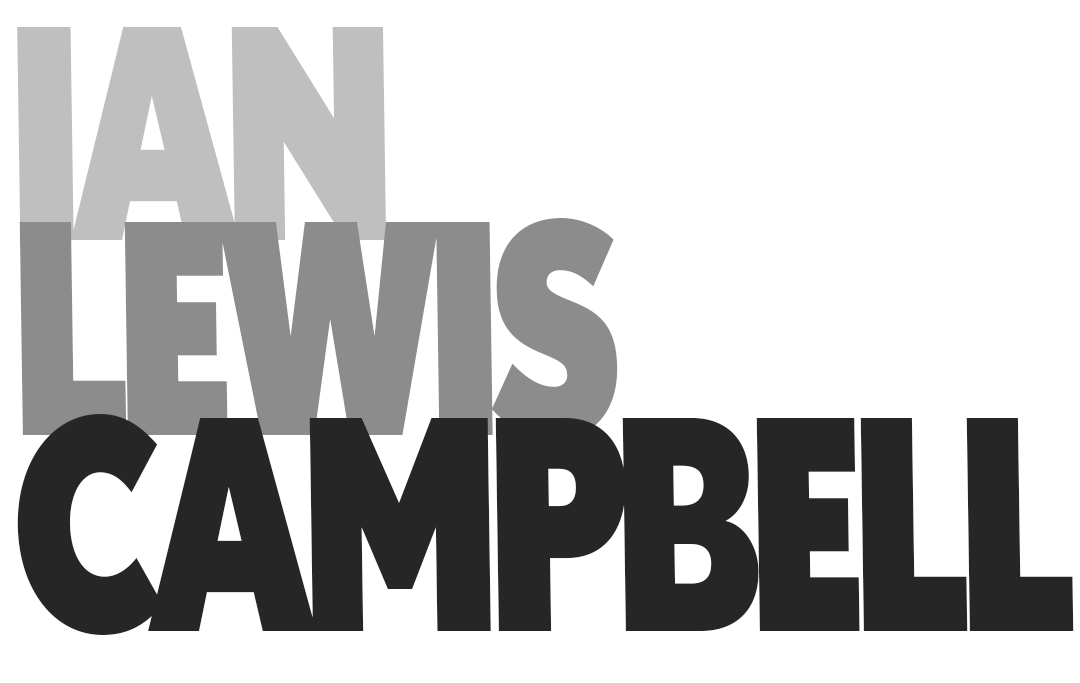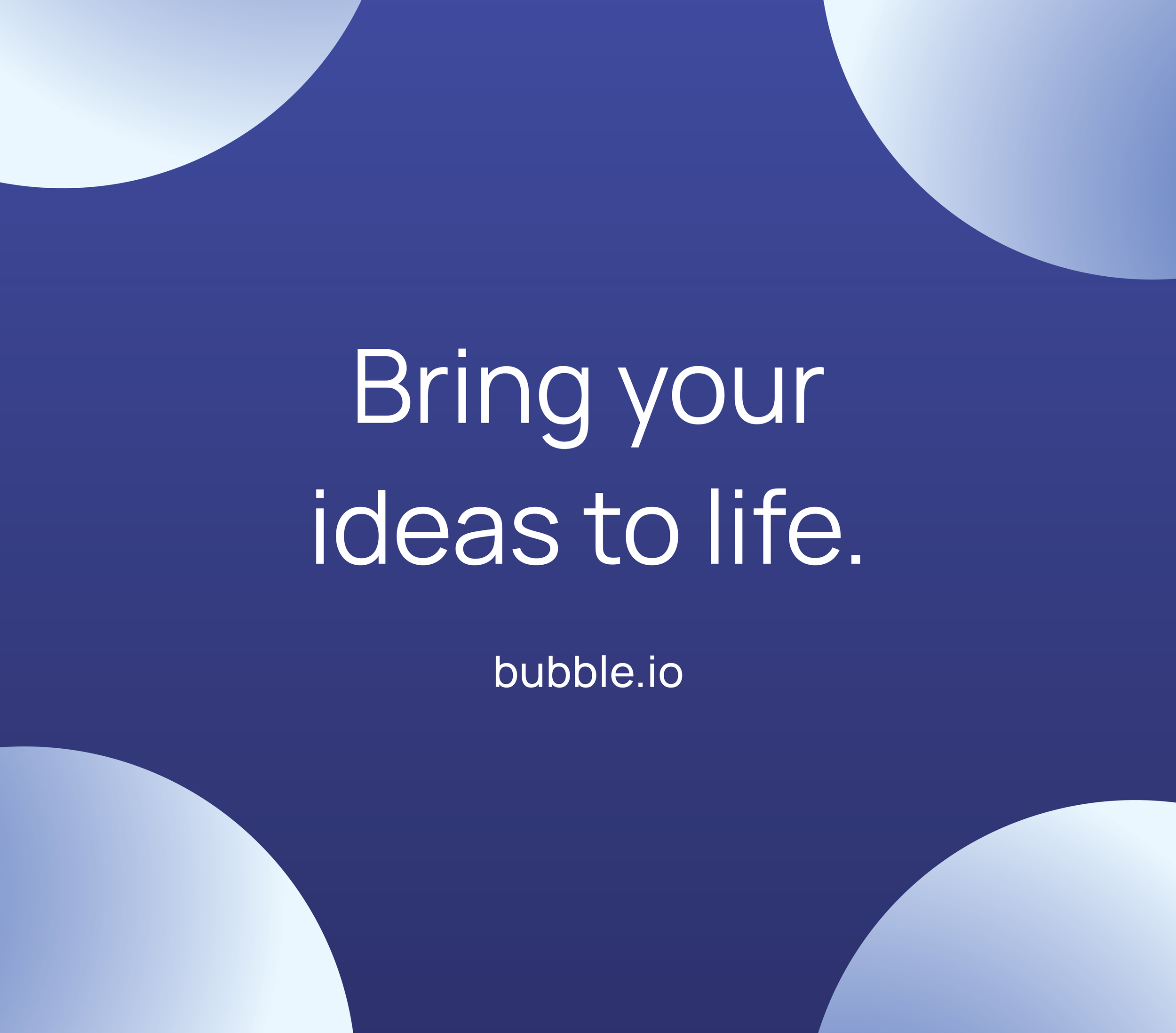Bubblecon
Bubble isn't just another tech platform—it's a revolution in digital creation.
Bubble represents the democratization of software development in its purest form. When tasked with bringing this digital-first brand into the physical world for their inaugural BubbleCon event, we faced a delightful challenge: how to translate Bubble's vibrant, playful aesthetic into an immersive experience that would unite their global community of creators.
The solution emerged through a color-rich, spatially dynamic celebration that transformed over 20,000 square feet of New York City venue space into a gradient-infused "Bubble zone." From sunshine yellows that welcomed attendees at the entrance to the deep midnight lavenders that enveloped the tactical learning spaces, we crafted an environment where both in-person and virtual participants could literally step inside the Bubble ecosystem. The result wasn't just an event but a manifestation of Bubble's core philosophy—making the complex beautifully accessible, the technical approachable, and the digital tangibly human.
Our approach began with translating Bubble's digital-first brand into a physical event experience, analyzing their playful visual identity to develop a gradient-based narrative that guided our spatial design.
We created a color journey throughout the venue—from warm welcoming tones at the entrance to deep, immersive hues in learning spaces—while developing materials across print, web, animations, and broadcast graphics that engaged both in-person and virtual attendees.
The iterative process allowed us to further elevate the NYC-inspired elements, enhance wayfinding through strategic color zoning, and create more sophisticated broadcast visuals for the growing virtual audience, bringing Bubble's mission to life .
The implementation transformed the 20,000 sq ft venue with branded elements that maintained human-scale approachability, and following the success of the inaugural event, we scaled our creative approach for BubbleCon 2024, refining our installation techniques, optimizing speaker backdrop designs, and integrating more interactive touchpoints throughout the expanded space.












